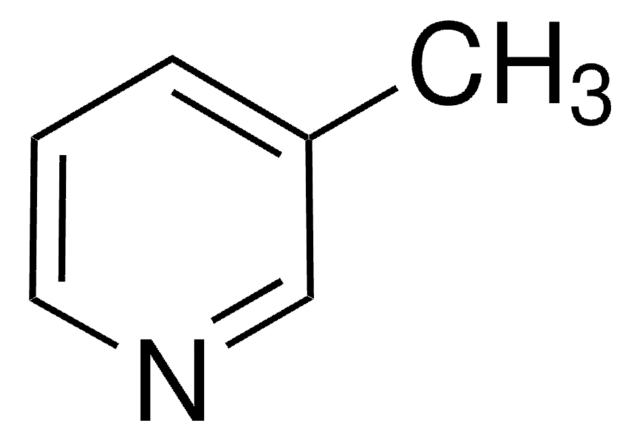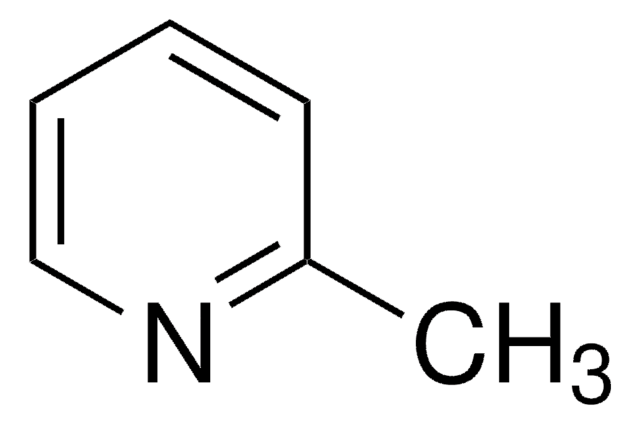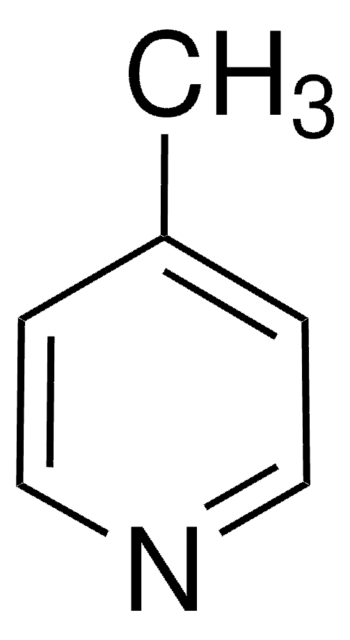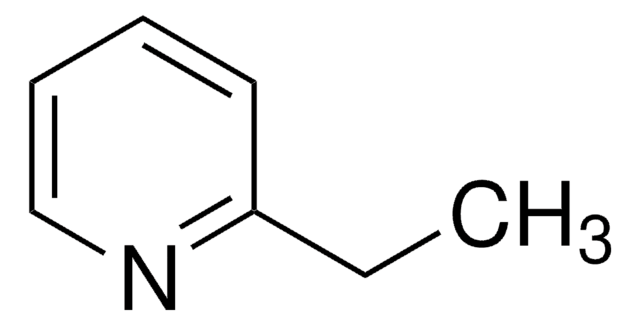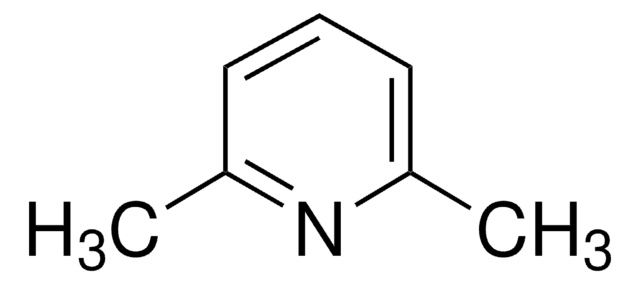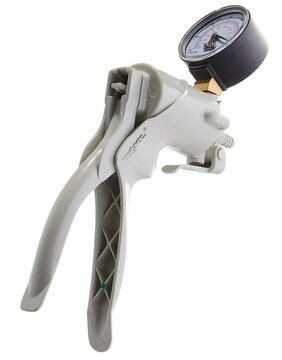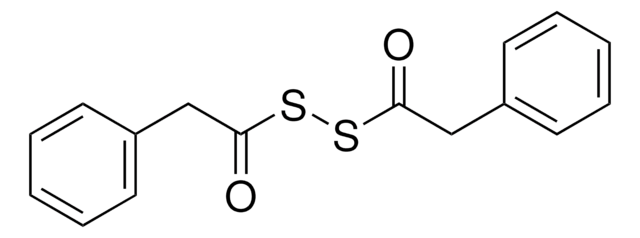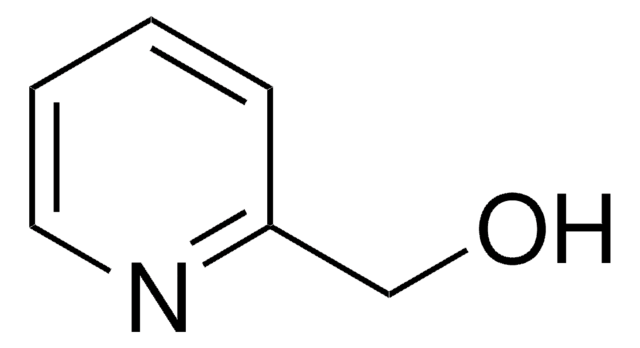109835
2-Methylpyridine
98%
Sinónimos:
2-Picoline, α-Picoline, 2-Methylpyridine, NSC 3409
About This Item
Productos recomendados
vapor density
3.2 (vs air)
Quality Level
vapor pressure
10 mmHg ( 24.4 °C)
assay
98%
autoignition temp.
995 °F
expl. lim.
8.6 %
refractive index
n20/D 1.500 (lit.)
bp
128-129 °C (lit.)
mp
−70 °C (lit.)
solubility
H2O: freely soluble
alcohol: miscible
diethyl ether: miscible
density
0.943 g/mL at 25 °C (lit.)
SMILES string
Cc1ccccn1
InChI
1S/C6H7N/c1-6-4-2-3-5-7-6/h2-5H,1H3
InChI key
BSKHPKMHTQYZBB-UHFFFAOYSA-N
¿Está buscando productos similares? Visita Guía de comparación de productos
Categorías relacionadas
Application
signalword
Danger
Hazard Classifications
Acute Tox. 3 Dermal - Acute Tox. 4 Inhalation - Acute Tox. 4 Oral - Eye Dam. 1 - Flam. Liq. 3 - Skin Corr. 1C - STOT SE 3
target_organs
Respiratory system
Storage Class
3 - Flammable liquids
wgk_germany
WGK 1
flash_point_f
84.2 °F - closed cup
flash_point_c
29 °C - closed cup
ppe
Eyeshields, Faceshields, Gloves, type ABEK (EN14387) respirator filter
Elija entre una de las versiones más recientes:
¿Ya tiene este producto?
Encuentre la documentación para los productos que ha comprado recientemente en la Biblioteca de documentos.
Los clientes también vieron
Protocolos
US EPA Method 8270 (Appendix IX): GC Analysis of Semivolatiles on Equity®-5 (30 m x 0.25 mm I.D., 0.50 μm)
Nuestro equipo de científicos tiene experiencia en todas las áreas de investigación: Ciencias de la vida, Ciencia de los materiales, Síntesis química, Cromatografía, Analítica y muchas otras.
Póngase en contacto con el Servicio técnico